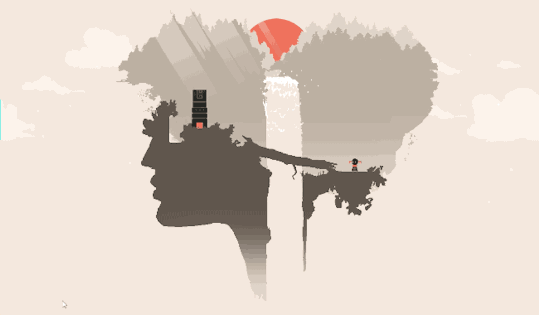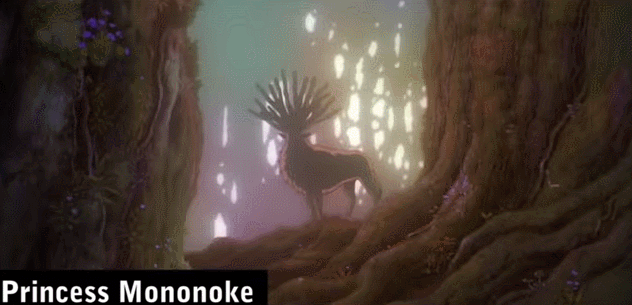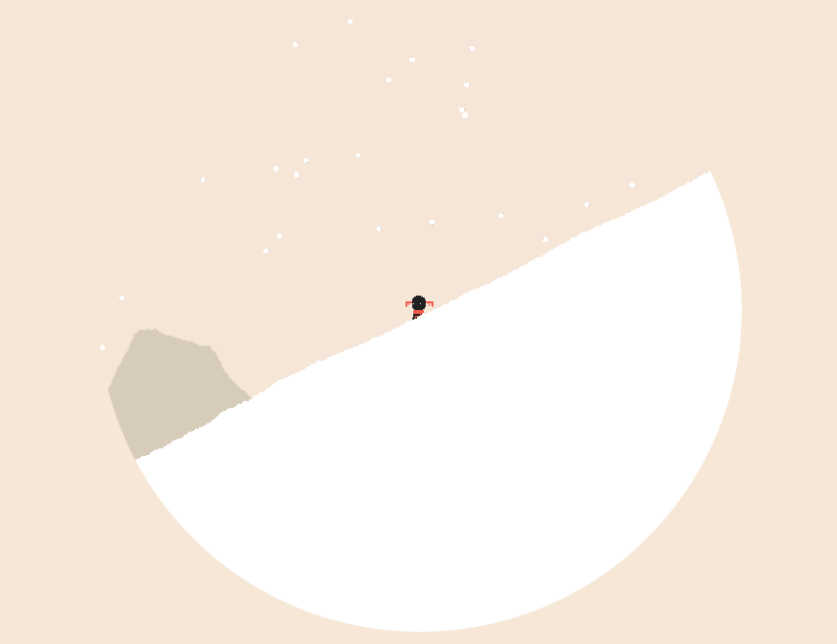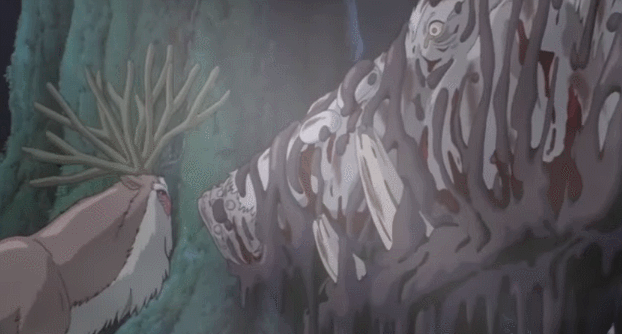 POV: DESIGN. DIFFICULTY 3. LEVEL 1 – 1
POV: DESIGN. DIFFICULTY 3. LEVEL 1 – 1
Characterization through mechanics essentially involves writing stories where the events and characters abide by a set of rules that are clearly defined and consistently applied. Clarity and consistency are important for any well-told story, but for characterization through mechanics in particular, we can take these rules and calculate the inner workings of characters and actions and even predict what will happen in new scenarios. I can’t think of a better case to examine for characterization through mechanics than the Pokemon TV show!
In the early seasons back in 1998, the show introduced me both to the world and mechanics of Pokemon. I used the lessons learned from the show, the Gameboy game, and the card game to deepen my appreciation of Pokemon. Now the show’s battles ignore the rules established by the games and the earlier seasons of the series. I have seen few battles with such an egregious disregard of mechanics as Scraggy vs Simisage and few battles uphold the RPG video game mechanics as closely as Sawk vs. Seismitoad (watch it here).
Richard: Now the Pokemon trainers in the show often tell their Pokemon to “dodge” incoming attacks. Dodge is not a move in the Pokemon video games. KARATE CHOP is a move from the games and one that Sawk learns. Marcus, what’s the data for KARATE CHOP?
Marcus: It’s a move that you won’t see in any serious Pokemon video game competitive meta. It’s basically the Fire2 of the Final Fantasy series. It’s not bad, but why would you use Fire2 when you could use Fire3, or in Pokemon terms, why would you use KARATE CHOP when you can use CLOSE COMBAT. Since Ash and his crew are in a state of arrested development there is no telling what leg of their Pokemon journey they’re on. If they are mid-adventure, KARATE CHOP would be a sensible move to have and use.
Richard: In the video game, Karate Chop has 100% accuracy. So unless Sawk rubbed his eyes with some sand or Seismitoad covered itself with bright powder, it’s clear that the show is taking a bit of creative liberty to build drama in the scene. What is accurate to the games is that Seismitoad’s ability, swift swim, is no joke. In the rain swift swim doubles the speed of the Pokemon. So in the rain, swift swim Seismitoad can outspeed even some of the game’s fastest Pokemon.
Marcus: With the help of our handy dandy Poke-calculator we can take a look at the extema and compare. The slowest Seismitoad could outspeed the fastest Sawk in the rain. So no matter what speed values these Pokemon happen to have, any speed Seismitoad can outspeed any speed Sawk. The episode and the game line up again.
Marcus: The LOW SWEEP the Sawk then lands next makes our calculations interesting. LOW SWEEP lowers the target’s SPEED stat by 33%. That speed drop allows Sawk to then outspeed Seismitoad. So what range of SPEED values would allow this to happen? The aforementioned fastest Sawk vs the slowest Seismitoad would fit this scenario easily. Sawk’s 295 SPEED vs Seismitoad’s modified 180. If you’re looking for a little more nuance in the stats, with some simple calculations we run calculations on anything but the slowest Seismitoad possible. In this scenario, Seismitoad can have a SPEED rage of 137-222! Or a modified range of 180-295. What spread! Like I said before, doubling the speed stat is no joke. I guess our trainer was so confident in his speed in the rain that he didn’t bother to invest in Seismitoad’s speed at all.
Marcus: Assuming Seismitoad has max defense and Sawk has max attack the damage dealt thus far to Seismitoad is:
- LOW SWEEP: 26.6-31.5%
- Random Punches: ??? (let’s ignore these)
- Attack boosted (+33% damage) CLOSE COMBAT: 73 – 85.9%
- The range of total damage 99.6. – 117.4%
So the estimated range in damage the random punches 99.6 – 117.4% making the KO by Sawk possible according to the video game simulation.
Richard: This battle stays pretty true to the Pokemon game mechanics. Sure Seismitoad dodged a move, but we can consider “dodge it” to be the equivalent of the video game move PROTECT, which prevents all damage done to a Pokemon for a turn. Even though Seismitoad stole a turn with the MUD SHOT + BRICK BREAK sequence, Sawk stole it right back with the BULK UP + ClOSE COMBAT finisher. Yes, the Pokemon video games don’t allow players to steal turns like this, but plenty of RPG battles systems do. Radiant Historia, Bravely Default, and even Final Fantasy 10 allow players to see or manipulate their turn order in various ways.
We ran this battle scenario in Pokemon Showdown, an online battle simulator that emulates the mechanics of the Pokemon video games with perfect accuracy. It turns out that MUD SHOT miss was important for Sawk to win. If he got hit, Sawk would have taken damage and had his speed lowered for a double set back.














